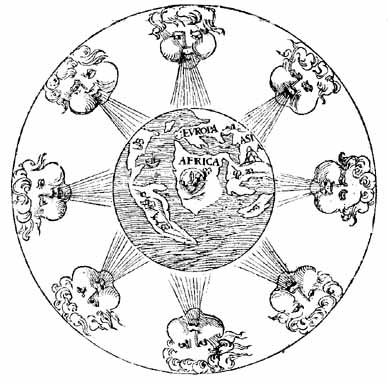Birsen Bulmuş. Plague, Quarantines, and Geopolitics in the Ottoman Empire.
Birsen Bulmuş. Plague, Quarantines, and Geopolitics in the Ottoman Empire.
Abingdon: Edinburgh University Press, 2012. 160 pp. $105.00 (cloth), ISBN 978-0-7486-4659-3.
Reviewed by James N. Tallon (Lewis University)
Commissioned by Margaret Sankey
Disease, Faith, and Science: Contextualizing the Plague in the Ottoman Empire
Drawing on several Ottoman archival sources from Istanbul and Sarajevo, substantial primary material in English and a fair amount in French, and numerous published sources, this volume weaves a sophisticated story about plague and its social, religious, and political implications. Bringing together Ottoman and English/British literature on plague and quarantine, Birsen Bulmuş interlaces a narrative that spans the sixteenth to the twentieth centuries, showing how debates regarding plague and quarantine have progressed. In eight concise chapters, the text is plainly written, presents rather complex concepts clearly, and adds significantly to our understanding of issues related to plague and its prevention.
Bulmuş effectively offers nuance and subtlety to the issue of quarantine, pointing to its connection to westernization and a combination of other factors. She addresses the question of whether quarantine was introduced by European powers or was developed domestically within the Ottoman Empire. Furthermore, she investigates quarantine on the part of the British as a measure of commercial protectionism and imperial expansion and, after the 1850s, on the part of the Ottomans as a means of protecting sovereignty. Additionally, Bulmuş presents as examples the British quarantine in Egypt and the Ottoman quarantine in the Hijaz, Basra, and eastern Anatolia.
The most interesting aspect of this work is the narration of the
development of the Ottoman mind-set from the anti-contagionist perspective of the late eighteenth and early nineteenth centuries, embodied by Hamdan Bin Al-Merhum Osman Hoca, to the contagionist perspective of the late nineteenth and early twentieth centuries, embodied by Kasım Izzeddin. This shift reflects, in some regard, the development and “modernization” of the Ottoman Empire itself. For example, Bulmuş highlights how changing attitudes about disease and the West coalesced in the rise of a public health system and border controls in the empire.
One small of critique of this work relates to transliteration or, perhaps
more precisely, utilization of standard transliteration. Bulmuş frequently
uses modern Turkish transliteration for many of the book titles and their authors. This is not problematic for Ottoman titles and their authors, but it has the potential to cause confusion for non-turkophones in regard to some of the Arabic names that were later translated into Ottoman Turkish.
For example, Bulmuş uses Ebu Bekir as opposed to Abu Bakr and Ömer bin Al-As as opposed to ‘Amr ibn al-‘As. Also she frequently switches between Hamdan Bin El-Merhum and Hamdan Bin Al-Merhum as well as between Kasım Izzeddin and Kasim Izzeddin. This is not a major distraction, but standardized transliteration would avoid confusion for non-Turkish/Ottoman specialists, especially since this work has significant material from English/British sources and therefore would be of interest to scholars of early modern Britain. Additionally, there are a few spelling inconsistencies for place names.
These issues, however, do not seriously detract from the readability of
the text. The wealth of primary sources utilized in the book breathes life into these discussions and provides a nuanced approach. This is a fine work that offers new information and new perspectives.

